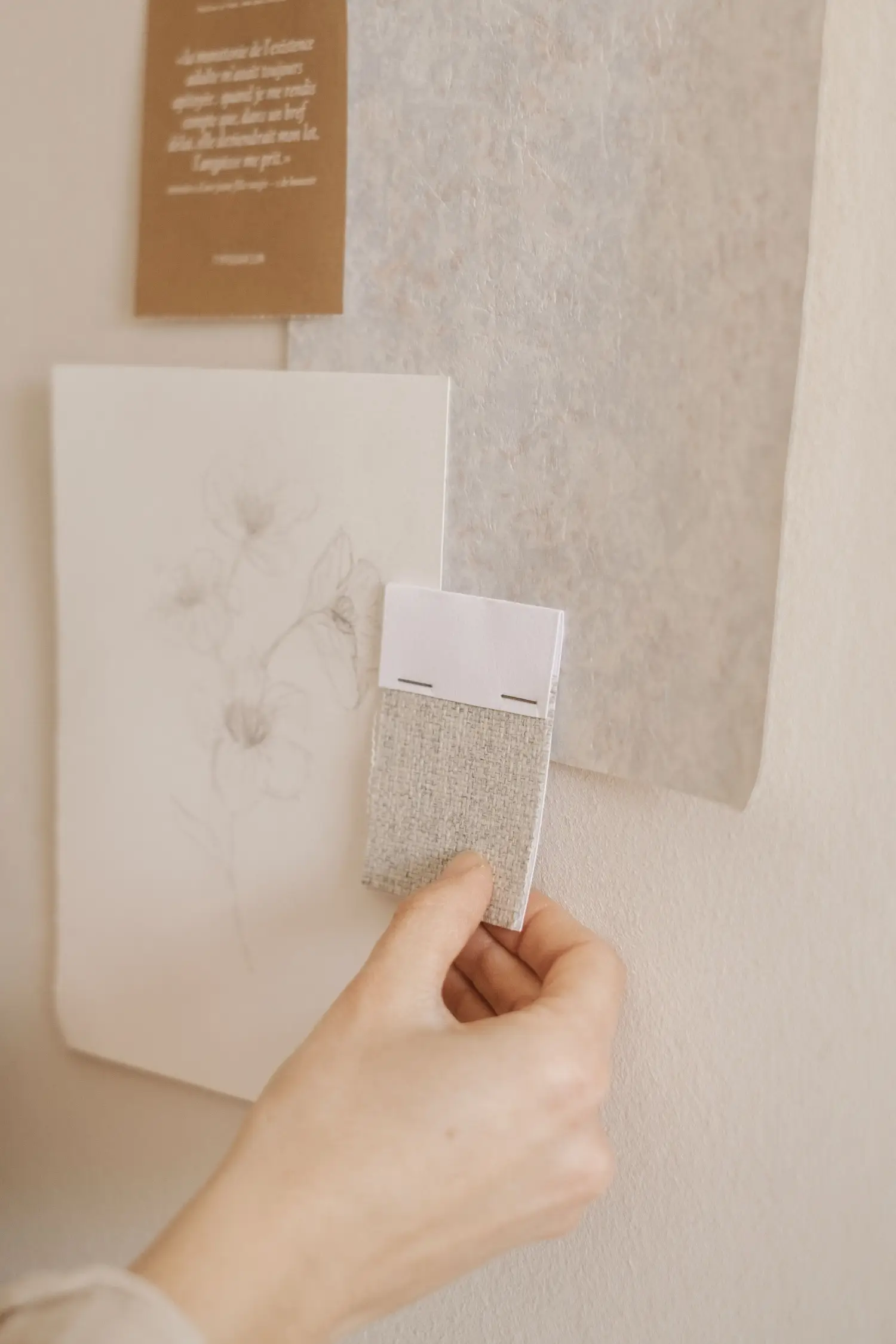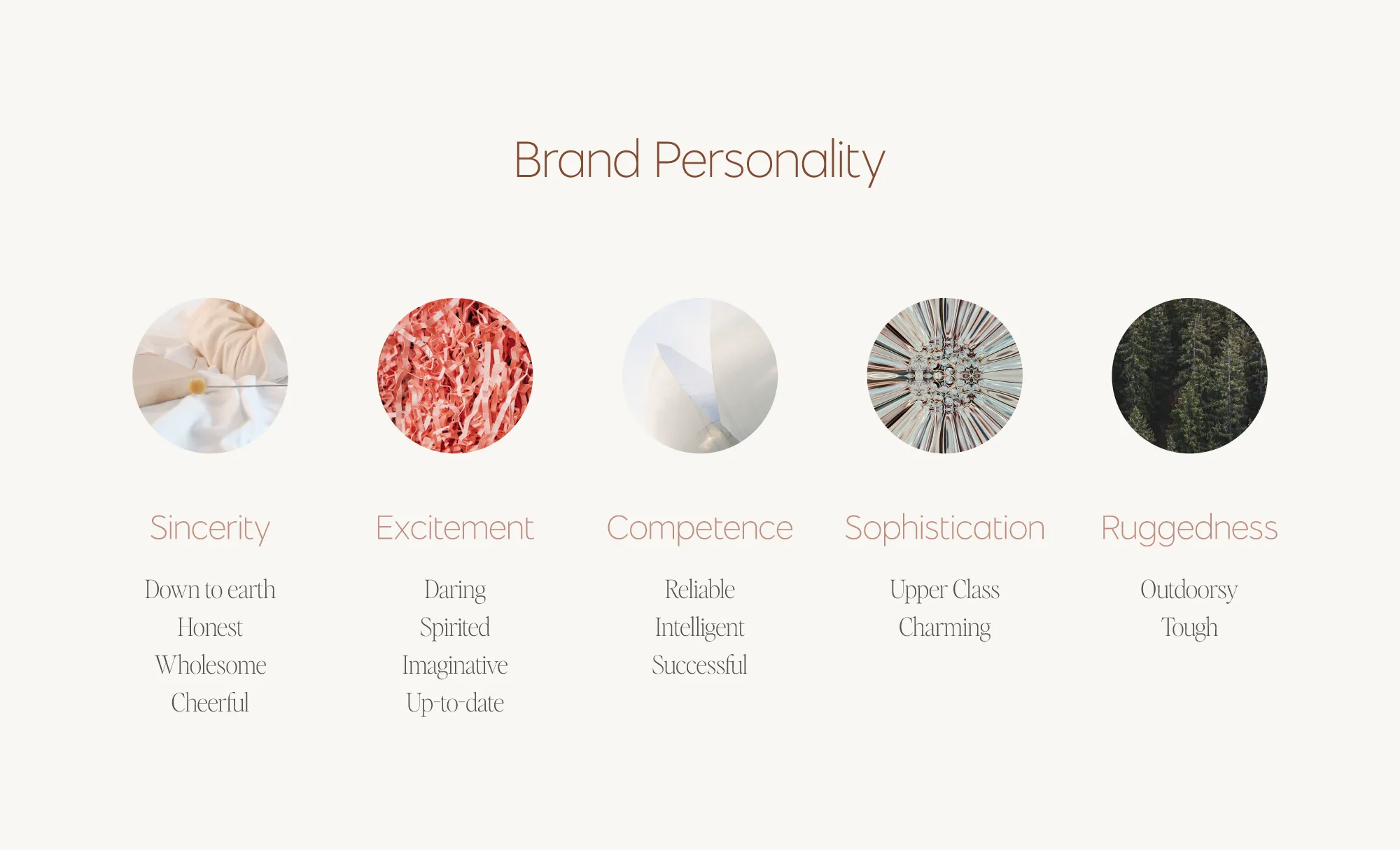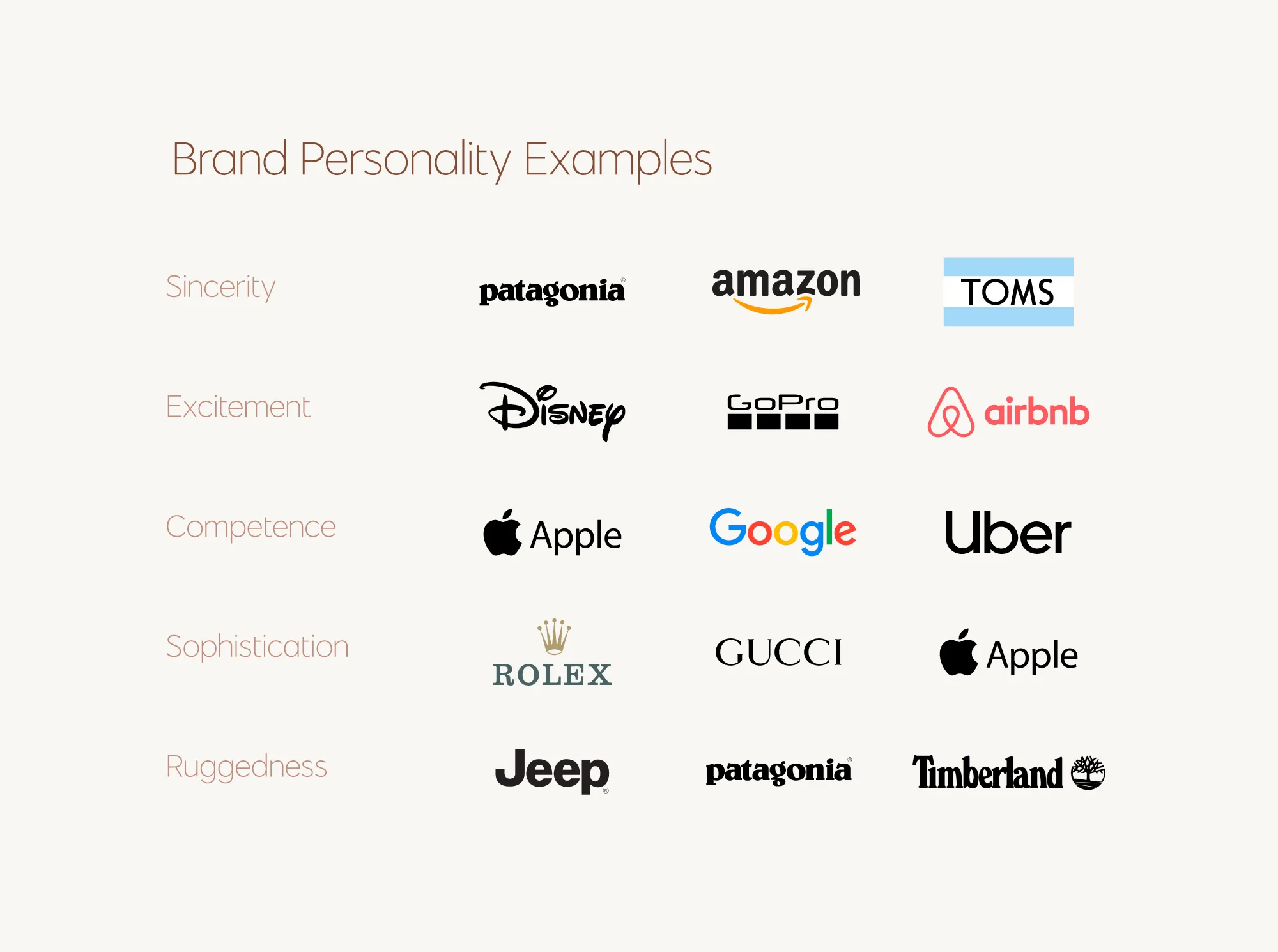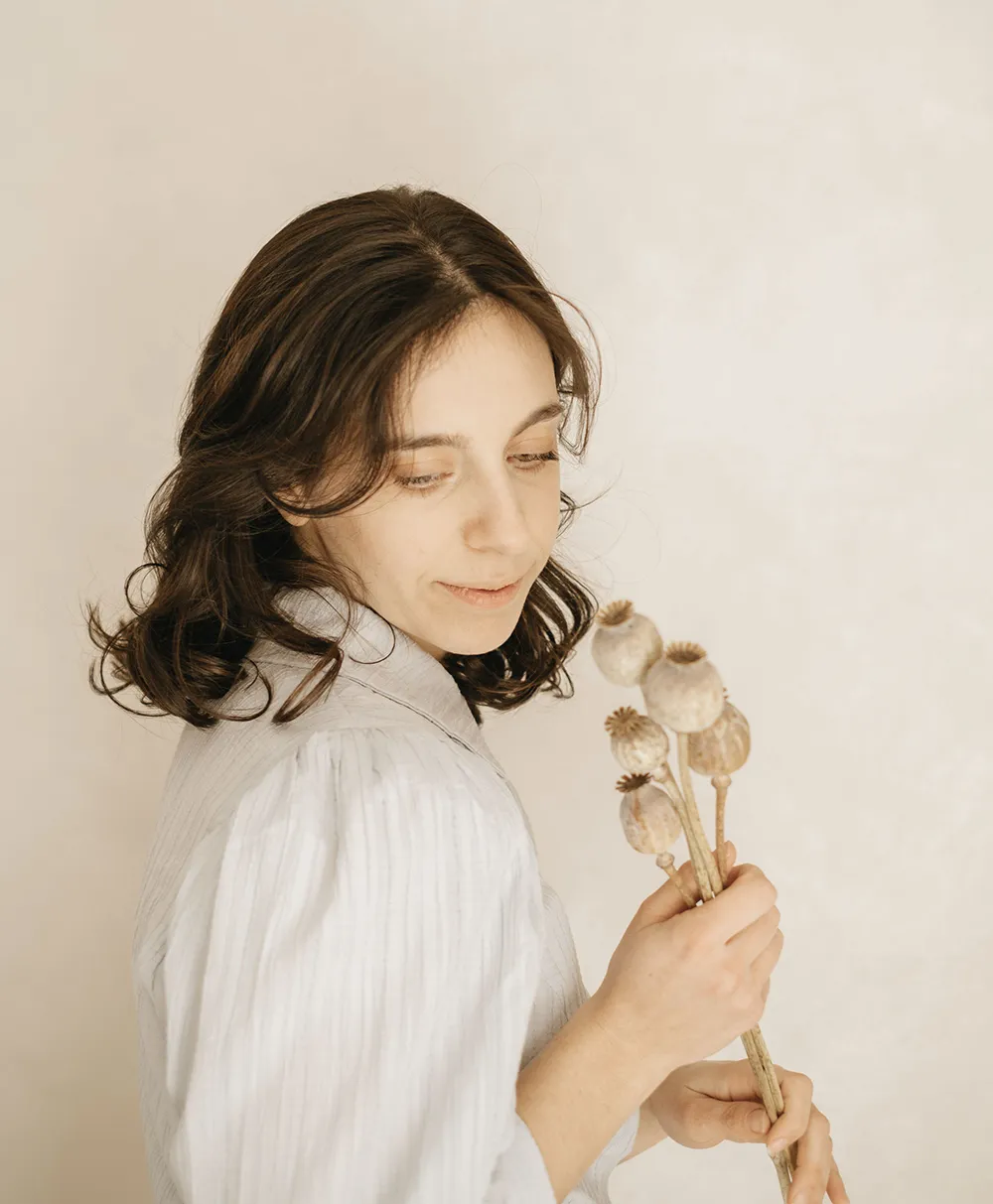
A creative atelier curating brand and web designs for women-owned businesses.I design and curate intentional brand designs and websites to cultivate your idea and bring your value out there.

A creative atelier curating brand and web designs for women-owned businesses.I design and curate intentional brand designs and websites to cultivate your idea and bring your value out there.
Have you ever thought about your brand personality? Yes, your brand has a personality. Or at least it should have one. If it doesn’t, just like people, it risks to look invisible or not being chosen for lack of personality.
Just like with people, your brand will be judged for how it dresses (visual identity), how it talks (verbal identity) and what it believes in (the togetherness of purpose, vision, mission and values). Exactly like with people, then, when there’s an affinity between two individuals, is because there’s an alignment of personalities. Defining a specific unique personality will attract similar personalities and create stronger connections with our target.
The same happens with brands. This is the reason why brand personality is becoming more and more an interesting topic to investigate when creating a brand strategy.
Maybe it’s simpler to imagine which language or attitude your brand should have to communicate a specific personality. But how does that translate on a visual level?
Brand personality is the set of human traits that define a brand’s personality. In other words, it’s the way you’d describe your brand if it was a person.
The idea of brand personality is based on some customer behaviours studies, which highlighted how people tend to attribute to brands traits similar to the ones of human personality. People, in fact, are keen to choose brands that are similar to the image they have of themselves, or the one they wish to communicate to others.
Very likely, if you’re reading this post, you’re a professional, creative or small business owner, and yours is also a personal brand. This means your brand’s personality traits might coincide, at least partly, with your own personality as a person. People like to buy from real people. And this is why humanising your brand will allow you to connect with the right target on a deeper level.
The most widely-used model to define a brand’s personality is Jennifer Aaker’s 5 dimensions model. In 1997 she studied hundreds of brands to catalogue when into a model similar to the one of Big Five, inventing 5 primary dimensions:
Each dimension is composed by a set of typical traits, with which she valued and catalogued the brands’ personalities.
But how do you translate this classification on a visual level?

Sincere brands are described as down-to-earth, real, sincere, ethical and friendly. Usually sincere brands are associated with ethical causes (like Patagonia), or one that aspires to establish an honest and positive relationship with customers and employees (Amazon).
On a visual level, a sincere brand will look accessible, simple, clean. Colours and textures will be concrete and natural. They’ll use linear, readable, friendly fonts. The style will be essential, with full thick lines and rounded shapes.
Excited brands are imaginative, unique, independent, contemporary. They’re brands like Disney, GoPro and Airbnb, all different brands but with a shared vision of providing their target with unforgettable experiences.
In design, an excited brand will have a colourful eye-catching logo. It’ll use unconventional fonts and shapes, and vibrant colours.
Competent brands are based on the idea of professionality and efficiency. They’re defined as trustworthy, secure, intelligent, successful. We’re talking brands like Apple and Uber, which aspire to affirm themselves as experts and leaders of their market.
In design, competent brands will be innovative and polished. They’d prefer think high-impact fonts and colours which convey trust (like blue and white). Accessibility and innovation will be their design strengths.
Sophisticated brands are refined, elegant and usually high end. They’re exclusive brands targeting a specific privileged audience to provide a luxurious experience. Think of brands like Rolls Royce, Versace and Rolex, but even Apple aims to offer a similar experience.
Sophisticated brands will have a luxury design, with fine fonts and lines, simple but refined graphic elements, smooth textures, abundance of white space and editorial layouts. This personality trait is also very common in feminine brands or female targeted brands, with feminine and curated aesthetics.
Rugged brands are usually masculine, outdoorsy, concrete, tough. They’re usually associated with products that are durable, versatile and resistant. Similarly to Patagonia, Timberland and Jeep, they’re brands that speak to a brave, adventurous target, who doesn’t not wish for an ordinary lifestyle.
On a design level, rugged brands will have a masculine adventurous aesthetic. They’ll use rough textures, dark colours (brown, black, grey, blue, green) and dense thick fonts. The photography and setting will be natural and, sometimes, extreme.

As you might have noticed from the examples above, it’s very common that a brand has more than one personality trait. This allows a brand to have a deeper level of personality.
You can follow the Aaker model as a jump off point, and try to pigeonhole your brand in one of the 5 dimensions. But please don’t feel limited to explore a more unique and multifaceted definition of personality. You could also simply try and associate your brand to some peculiar personality traits that describe it nicely. And then, intuitively (but also strategically) identify the visual and verbal traits that will help you communicate your brand’s personality to your audience.
Another interesting exercise to get you started on finding your brand’s personality is Adobe’s Creative Types test. For example, my result is The Thinker, with creative strengths like intellectual curiosity and the ability to find and create meaning – quite appropriate for a brand and web designer who focused on authentic curated designs, don't you think? By adding some more distinctive and unique personality traits to this definition, I would be able to describe my brand's personality and start imagining its visual and verbal identity.
Remember that the definition of your brand personality and your brand’s uniqueness will be determined by the deepness of the hues you’ll choose for your brand. A unique and refined brand will never look the same as a unique and young brand, for example; as well as a friendly and concrete brand will never feel identical to a friendly and feminine brand.
And you, have you ever thought about your brand personality? Are you able to translate it visually throughout your communication?

I'm Giada Correale, brand and web designer of Miel Cafè Design graphic studio. I design intentional and editorial brand identities and web designs for heartfelt women-owned businesses.

I'm Giada Correale, brand and web designer of Miel Cafè Design graphic studio. I design intentional and editorial brand identities and web designs for heartfelt women-owned businesses.
A creative atelier curating brand and web designs for women-owned businesses.
I design and curate intentional brand designs and websites to cultivate your idea and bring your value out there.